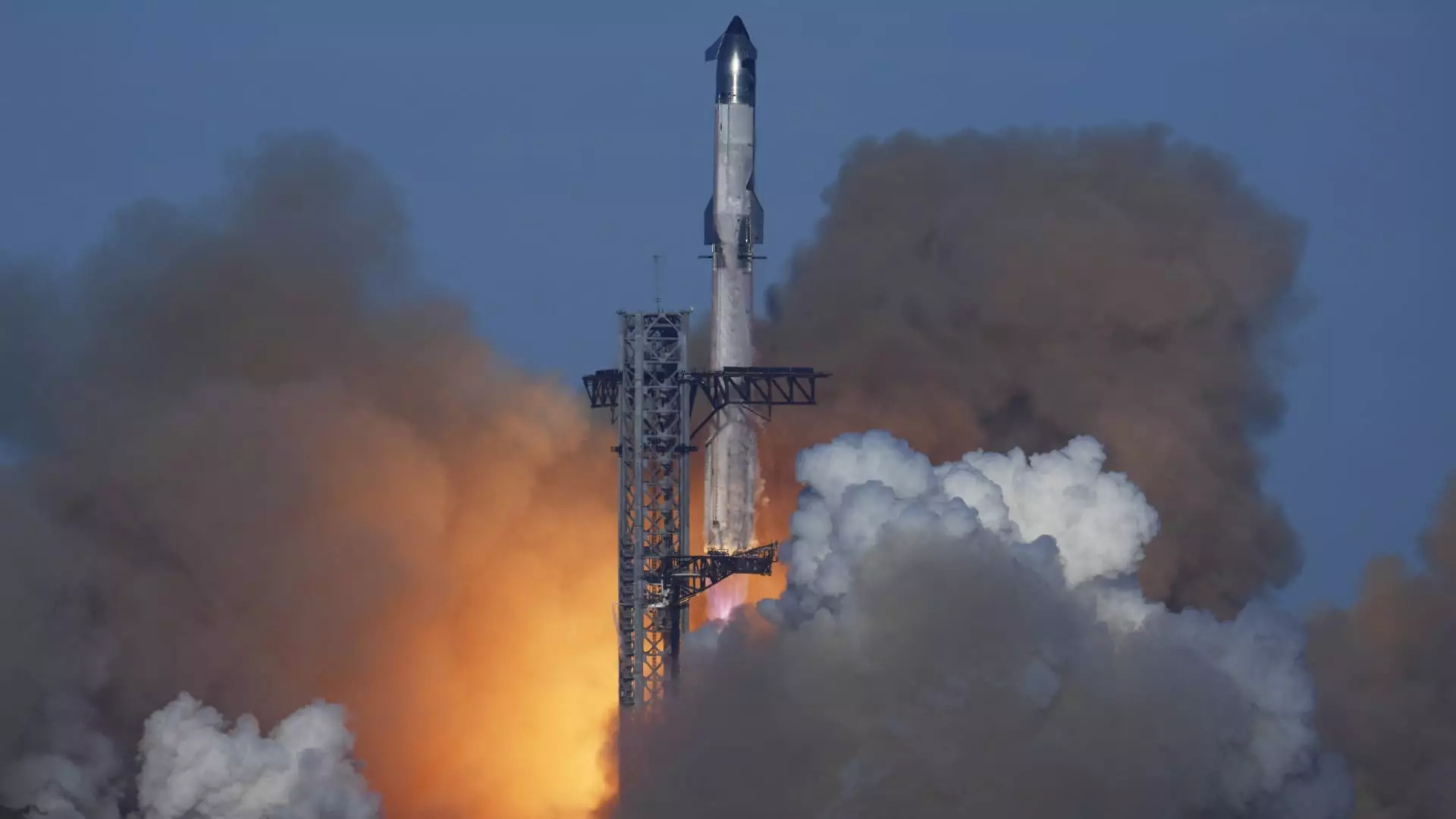On Friday, the Federal Aviation Administration (FAA) announced that SpaceX’s ambitious Starship program would face a temporary suspension following a midflight failure during its latest test launch. The incident raised significant concerns not just for the aerospace company but also for the aviation industry, as commercial flights were forced to alter their trajectories to avoid potential hazards. The FAA emphasized that while no injuries to the public have been reported, there were indications of property damage in the Caribbean, particularly on the Turks and Caicos islands. This incident has prompted a critical examination of SpaceX’s operational protocols and regulatory oversight in an industry where safety is paramount.
Environmental and Operational Impact
The implications of the Starship failure extend beyond SpaceX; they ripple across the aviation sector. Airlines, including major carriers like American Airlines, JetBlue Airways, and Delta Air Lines, were forced to divert or delay dozens of flights due to debris falling from the rocket shortly after its launch. This disruption highlights the interconnected nature of aerospace operations and the dire consequences that can arise from a single event. Several airlines may have faced significant financial repercussions, service cancellations, and impacted customer relations due to the operational changes necessitated by the FAA’s precautionary measures.
Conflicting Narratives and the Need for Clarity
SpaceX attributed the failure to a fire that caused the Starship to disintegrate mid-flight. In the aftermath, the company’s communications revealed a disparity in how the event was reported. Initial statements from SpaceX indicated that debris had safely landed within designated hazard zones, while the FAA announced the activation of a “Debris Response Area” to advise aircraft to steer clear of potential dangers. Such inconsistencies not only raised eyebrows but also necessitate a focused inquiry into how information is communicated and whether adequate safety measures were observed during the launch.
For SpaceX to regain its launch license, it must complete a rigorous investigation into the incident and implement all corrective measures identified. This presents an opportunity for the company to recalibrate its safety protocols and restore confidence among regulators and the general public. The FAA’s oversight will likely become even more stringent in the wake of this incident, insisting that space exploration endeavors prioritize environmental safety and community protection as they aim for the stars.
Despite the setbacks, the pursuit of space exploration continues to be a beacon of innovation and technological advancement. Events like the Starship failure serve as critical lessons, emphasizing the importance of safety, transparency, and regulatory compliance in an era where commercial space travel is no longer a distant dream but a burgeoning reality. The stakes are exceedingly high; every launch carries with it implications for both scientific progress and the wellbeing of the communities surrounding launch sites. As SpaceX and other players in the aerospace field move forward, accountability and rigorous safety measures will be key to ensuring a brighter, safer future in space exploration.


Leave a Reply